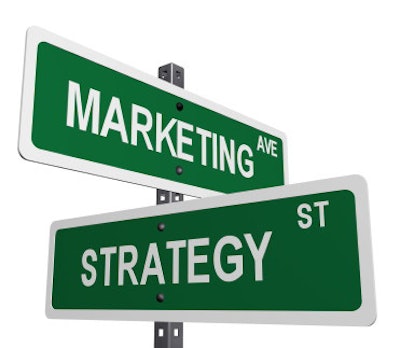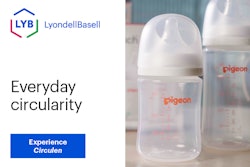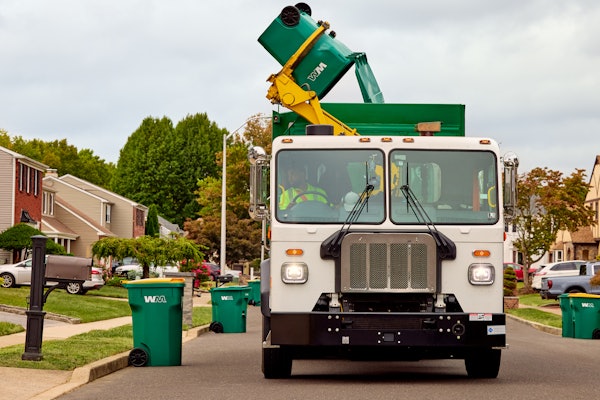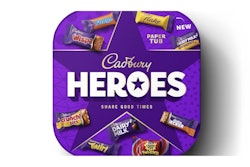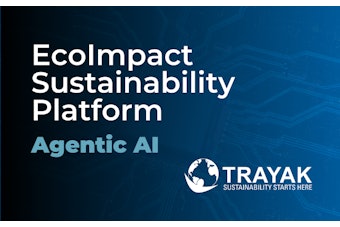Today, a majority of U.S. consumers identify with green values at some level. In 2010, the Natural Marketing Institute’s LOHAS (Lifestyles of Health and Sustainability) Consumer Trends Database found that 83% of the U.S. population is involved in green values, activities, and purchasing.
“This eighty-three percent of U.S. adults is now creating a $290 billion market for green consumer goods over wide-ranging categories,” says Jacquie Ottman, founder and principal of J. Ottman Consulting and author of four books, including “The New Rules of Green Marketing.”
“Green has gone mainstream,” Ottman adds, “and one of the strategies that we need to address is how to reach mainstream consumers with our green message.”
In the past, many barriers to green purchasing existed. Among them, the consumer’s perception that green was too expensive, their concern that green products may not be any better for the environment, the consumer’s lack of knowledge about these types of products, and a lack of availability of green products. But Ottman says those barriers are becoming less of an obstacle over time “as more and more good-quality green products with real value to offer consumers are coming onto the market.”
Following are several tips to market your green message to a mainstream consumer:
1. Avoid greenwashing. One persistent barrier is the “credibility issue,” also referred to as greenwashing, Ottman says, “where a company overstates the environmental benefits of its product.” One prime example she cites is the Hefty degradable garbage bag product, introduced in 1989 by Mobil Chemical. “They marketed the product as ‘degradable,’ with an asterisk that led to a message down at the bottom of the package that indicated that degradation is activated by exposure to the elements. But unfortunately they didn’t tell the American public that 90 percent of the bags were going to wind up in the landfill, where there were no elements to actually degrade the package,” she says.
One year later, Mobil was sued by the attorneys general in seven different states, as well as the Federal Trade Commission, on charges of deceptive advertising and consumer fraud. The separate lawsuits charged that Mobil misled the public with false advertising claims that its Hefty brand garbage bags were “degradable,” eventually forcing them to pull the product.
“That’s something that stuck in consumers’ minds,” says Ottman. “It is kind of emblematic of what can go on out there. Even though Mobil had a perfectly legal message, and it was all true, in the green world, what is challenging about communications is that according to the FTC, what’s important is how a reasonable consumer would interpret the message.”
2. Evaluate your product from a life-cycle perspective. “In terms of product attributes and product development issues,” says Ottman, “one attribute does not a green product make.” Her advice is to evaluate the full life cycle of your product to understand where the environmental benefits exist, and determine what product-related life-cycle issues are important to your customers.
“Today’s consumers are doing more at the shelf than just checking prices and looking for familiar brand names,” Ottman notes in her book. “They turn over packages in search of such descriptors as ‘pesticide-free,’ ‘recycled,’ and ‘petroleum-free.’” In fact, she says, the buzzwords that consumers now use to guide their decision-making—refillable, unbleached, ethical, fuel-efficient, and bio-based, to name a few—represent every phase of the product life cycle.
“Not every consumer is interested in every phase,” Ottman adds, “but cumulatively, the emphasis is for business, government, retailers, etc., to focus on all phases of the product life cycle.”
3. Focus communications on those benefits most important to consumers. While green product attributes add competitive value to a product, Ottman does not advise brand owners to lead with this message. “You underscore value by telling the consumer that the green laundry detergent will get their clothes cleaner, that the compact fluorescent lightbulb will save them money,” she says. “Skip the babies, the planets, and the daisies, and just go for the real benefits that your greener product or package provides.”
Successful examples cited by Ottman include Tide Coldwater liquid laundry detergent, which is marketed as saving the consumer money, and Method household cleaning products, with their emphasis on affordable, attractive design.
4. Provide transparency. One way to underscore the credibility of your company and its products is through transparency in communications.
Ottman notes that one of the best examples of this is clothing retailer Patagonia’s online communications, The Footprint Chronicles, which provides “product stories,” or footprints for a number of its products. For example, a look at its Pima Cotton Shirt provides viewers with information on energy consumption, distance traveled, carbon dioxide emissions, waste generated, and water consumption. Pictures, video, and a map provide details on the product’s design and manufacture. Copy gives an overview on “The Good” and “The Bad.” According to Ottman, by pointing out where the product footprint could be improved, Patagonia enhances its credibility.
5. Promote responsible consumption. Also referred to by some CPGs as “shared responsibility,” responsible consumption deals with the area of a product’s life cycle that cannot be controlled by the brand owner. “Coke can make their bottles recyclable, but they can’t force consumers to put them in the bin,” says Ottman. “Tom’s of Maine can make their toothpaste natural, but they can’t maker the user turn off the water while they brush their teeth.”
Promoting responsible consumption means engaging consumers in a way that will help them understand how their actions impact the environment. Successful examples, Ottman says, include SunChip’s on-pack messaging that directs consumers to their Web site to learn more about composting; the dashboard on the Toyota Prius, which makes it more fun and motivating for owners to drive the car in a more fuel-efficient way; and infographics on Procter & Gamble’s Web site that clearly illustrate the life-cycle impacts of 10 of its products.
“Part of this has to do with credibility for consumers,” says Ottman. “They want to know if your company is walking your talk, whether you really care about all the life-cycle impacts of your product.”
Liked this article? Download the entire playbook here.
